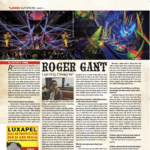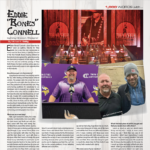
Video and Light Artist
Kerstin Larissa Hovland is a post-disciplinary artist specializing in pixels, programming, and light for music and performance. She received an MFA in Experimental Animation and Integrated Media from California Institute of the Arts (CalArts) and a BFA in Visual Communication with a minor in Computer Science from Iowa State University. She has also served as adjunct faculty in both the Video for Performance and Art & Technology programs at CalArts. Hovland is co-founder and principal artist at Electronic Countermeasures, LLC, a Los Angeles-based firm specializing in immersive experiences and environments of all shapes, sizes, and mediums. Hovland, along with her partner in Electronic Countermeasures, Emery Martin, were short-listed for the 2019 Knights of Illumination disguise Award for Concert Video Content for their work on The 1975’s ongoing Nov. 2018-March 2020 Music For Cars tour. Other projects include work for Beck and his most recent tour, Night Running; working with designer Dan Hadley for the Foo Fighters; exterior projections for the Los Angeles County Museum of Art (LACMA) Art + Film Gala; as well as work with smaller groups like Vibration Group, a new Sci-Fi rock opera; and other contemporary opera projects.
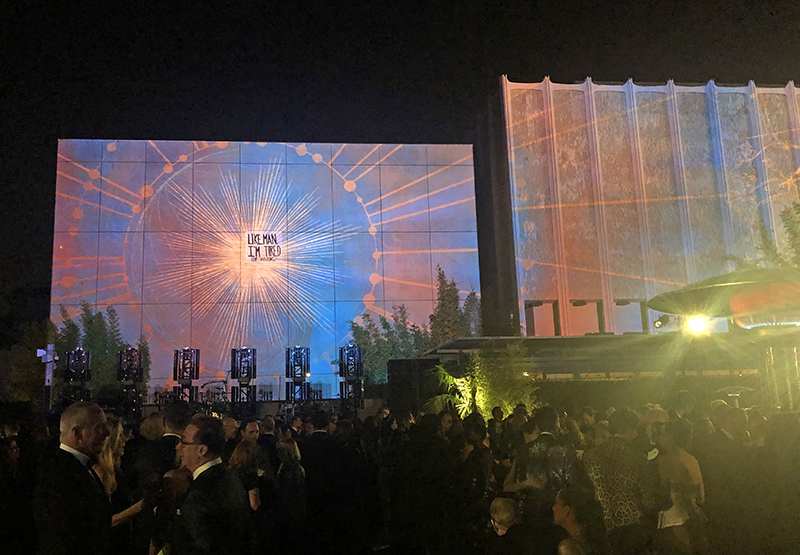
How did you end up in the entertainment technology industry?
It’s a bit of an origin story. I was in theater all through grade school and high school and all that, as you do. I went to college for computer engineering, but to put myself through undergrad I worked on the local crew at the [Ames, IA] Hilton Coliseum and Iowa State Center. My major was in Computer Engineering with a focus on virtual reality and human computer interaction. I ultimately graduated with a degree in Integrated Studio Arts and a minor in Computer Science. Of course, I graduated right into the recession, and all jobs were scarce, but jobs in VR didn’t exist, so I wandered about lost for a while, and it took seeing a show, specifically Nine Inch Nails’ Lights In the Sky tour, that there was a lot of work to be done at the intersection of all these things I’d been doing — animation, interaction, lighting, etc. — all that in the entertainment industry. I decided that was really the job I wanted to pursue. I ended up applying to CalArts, where Bob Bonniol was teaching. Of course, by the time I got in, he had moved on. I was actually taught by one of his students, Pablo Molina. I was not in the theater program there; I was actually in Experimental Animation, but took a lot of classes in theater. I eventually met Bob and Butch Allen, and I did my first show with them. Bob and Butch are my strongest mentors; they are who I call when I have questions. I love working with them whenever we get the chance.
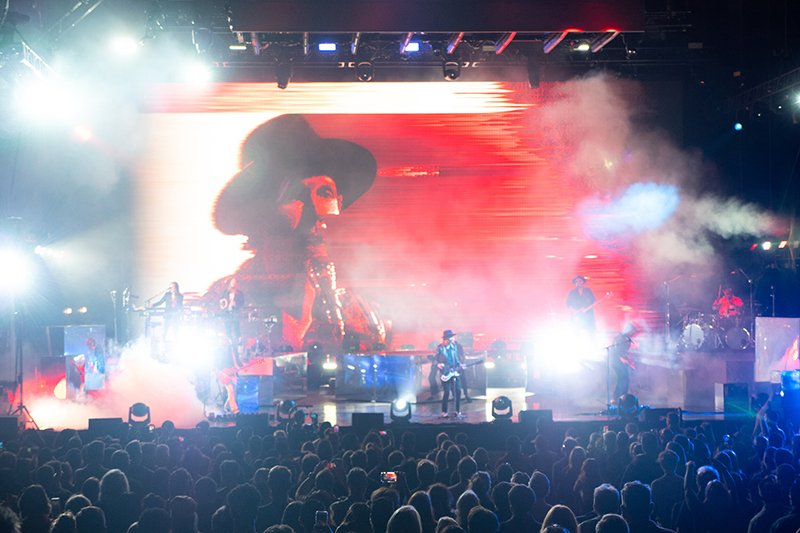
Describe your job is now.
I would say at this point I’m doing a hybrid between art, video and lighting. A lot of video as light and a lot of light as sculpture and installation. I say post-disciplinary artist in my bio because I don’t have one discipline that I focus on. Every day is a little different. One day I’m working in After Effects or Cinema 4D or doing old-school hand-drawn animation, some days I’m running CNC machines or welding. Right now, I’m lighting an opera. It changes day to day, and that’s what’s so exciting about it; if you think of everything as sort of one piece of a larger picture to become proficient and to learn to love and work with all of the pieces makes the work that much stronger.
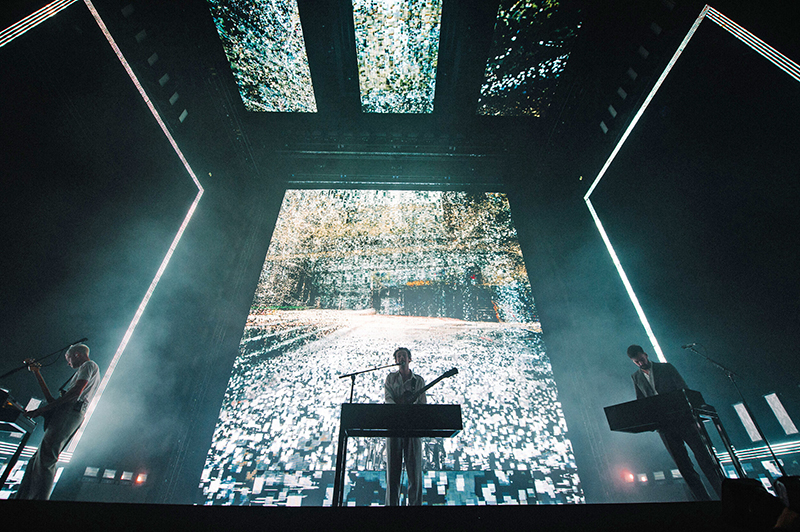
Is there a particular job that you think set you on your current course?
The first The 1975 show we did with Tobias [Rylander] really kind of allowed us to showcase our vision of what video could be. Tobias was very open to being very anti-narrative with the video and allowing that to exist more as a sculpture and more as lights rather than as a storytelling device. We were never seeking to illustrate anything other than emotion and form. Which is a lot of how I like to work. I think that was the first time, you know, we really got to show the broader world what that would look like.
What’s an important skill or trait you feel one needs for in your job?
I think overall a certain amount of resilience is needed. Even with the best laid plans, there are always surprises, so having mental flexibility is important. Being able to focus on the core concept and the core artistic truth of every piece so that when it’s time to start cutting things away, to start dealing with the realities versus the dream, you can keep the integrity of your piece intact. Yeah, the ability to roll with the punches and to find the humor and the fun in everything you’re doing. Find the beauty and the joy.
What do you enjoy most about your career?
I enjoy the moments when you’re watching the audience and there’s that moment when something happens and the whole audience is focused and feeling something together; that’s my favorite bit. That gives me chills every time. Those spectacular lighting, video, and pyro moments when something comes together and everybody gasps together. I get chills just thinking about it; that’s my favorite part. That’s why I do this — to give people that emotion and connection.
What do you least like about your job?
The physical toll it takes. It doesn’t seem sometimes like sitting at a desk is physical. I’ve got repetitive stress — a shoulder injury from using a mouse. It’s both the physical toll it takes and the lack of awareness; when you’re young you can literally do anything, and nothing hurts. But it does take a lot out of you and a lot out of your body. Getting productions to respect the reality that everybody is human and humans have failure points and needs, for things like sleep and regular meals. I think that’s the hardest part, you get beat up and have to keep learning your physical and mental limits.
Is there a piece of advice that you got at the start of your career that you still find applicable today?
I would say it’s finding your specific voice; what you uniquely bring to a project, and giving your all to developing that and bringing it with you all the time. Finding your voice, really; of course knowing when it’s appropriate and when to hang back, but knowing what it is that you do and developing that to the best of your ability. Also to find outlets to take creative and technical risks.
What has surprised you most about your career path?
It’s both been harder and easier in some ways than I would have expected. I think just how fortunate I’ve been to work with some of the most amazing people in our industry, and so quickly. I’m very grateful to have the collaborators and colleagues that I have had the pleasure to work with.
